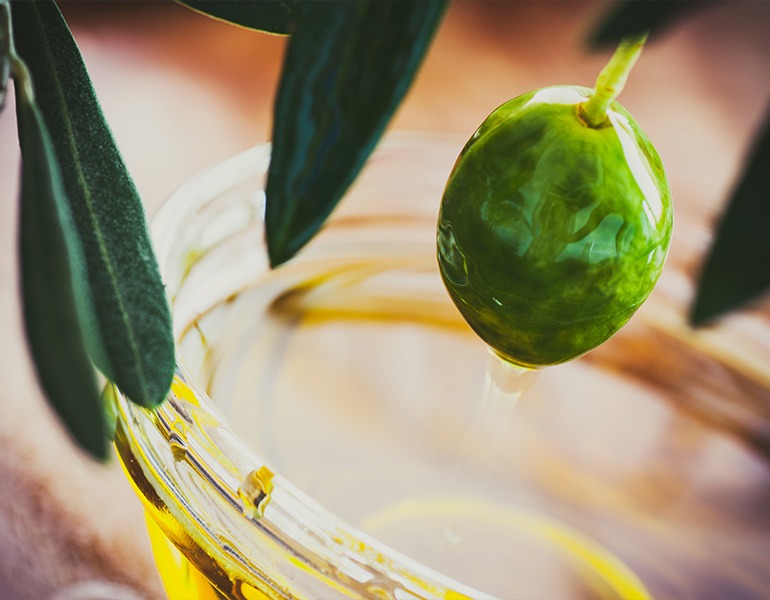The Effect of High Vacuum Assisted Extraction on Extra Virgin Olive Oil Quality: Effects on Phenolic and Volatile Compounds

Authors:
- Agnese Taticchi
- Sonia Esposto
- Gianluca Veneziani
- Antonio Minnocci
- Stefania Urbani
- Roberto Selvaggini
- Beatrice Sordini
- Luigi Daidone
- Luca Sebastiani
- Maurizio Servili
Summary
This study investigates the effects of high vacuum assisted extraction method on phenolic and volatile components of extra virgin olive oil. The research was carried out using three different olive cultivars at different malaxation temperatures (40°C, 50°C and 60°C). The results showed that high vacuum treatment caused an increase in phenolic compounds between 25.2% and 48.6%. However, a decrease in the content of volatile compounds that make up the aroma profile of extra virgin olive oil was observed, especially with increasing malaxation temperature.
Key Findings
- Phenolic Content Increase: High vacuum assisted extraction increased the content of phenolic compounds by 25.2% to 48.6%. This increase is attributed to the release of phenols from olive fruit tissues due to the combined effect of high vacuum and high temperature.
- Decrease in Volatile Compounds: The application of high vacuum led to a decrease in the content of volatile compounds that make up the aroma profile of extra virgin olive oil, especially groups such as aldehydes, alcohols and esters. This is attributed to the intense evaporation and condensation effect of high vacuum on these volatile molecules.
- Effect of Malaxation Temperature: Higher malaxation temperatures led to more pronounced increases in phenolic compounds, while volatile compounds decreased more. Therefore, it is recommended that the malaxation temperature should not exceed 30°C to preserve the flavor profile of extra virgin olive oil.
Conclusion
The high vacuum assisted extraction method can improve the antioxidant capacity and shelf life of extra virgin olive oil by increasing its phenolic content. However, this method may affect the flavour profile by causing a decrease in volatile compounds. Therefore, it is important for producers to carefully adjust malaxation temperature and vacuum application according to the desired quality characteristics.
Resources and More Information
You can visit the links below to access the full text of the article or for more detailed information: